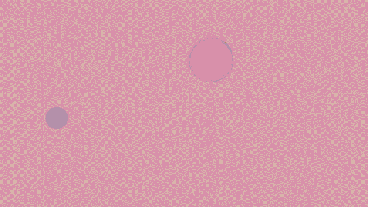Abigail Fletcher-Drye
‘We limn the flatness of our devices, our liquid crystal screens, and imagine thereby that we live.’ Esther Leslie, ‘Volatile, Liquid, Crystal’ *
My name is Abigail Fletcher-Drye and I am an artist, educator and researcher based in London. For my DAR I am interested in exploring the fluidity of interfaces. In 2017 I completed a DAR exploring the notion of the online space as a site for physical, bodily change through self-care and self-improvement communities. I was specifically interested in the tension that exists between the skin touching hardware and non-touching software. I aim to develop this work by exploring the material attributes of digital interfaces, specifically the role of liquid in the transfer of digital information. Esther Leslie writes in Liquid Crystals: the science and art of a fluid form (2016) about the importance of liquid crystalline, a critical state transition which has enabled a radical change in our social engagement through the emergence of screens; ‘Liquid crystal is worldly. It is a phase of matter, in the world and now of the world.’ It is the matter or stuff of the screen and our interaction with the screen through touch that is at the heart of this residency.
*Leslie, Esther, ‘Volatile, Liquid, Crystal’ in Lange-Berndt, Petra, ed. Materiality Documents of Contemporary Art London and Cambridge, Massachusetts: Whitechapel Gallery and The MIT Press, 2015

Esther Leslie writes in Liquid Crystal’s that, ‘liquidity is everything.’ (2) This critical statement acknowledges that the fundamental properties of liquid fluidity are intrinsic to life. The key properties of liquidity such as boundless animacy exist within the liveliness of life. Human experience mirrors material liquid properties. The human body is a vessel containing a volume of up to 60% water. Fertility and liquid are bound, through the exchange of bodily fluids that converge to form new life. This flow of liquid offers a parallel to the sublime as described by Kant. ‘What is terrible - or sublime - for Kant, in his ‘Analytic of the Sublime’ of 1790, is formlessness. Beauty, so say the Kantian aestheticians, has form. Its objects have definable ‘boundaries’, while the sublime ‘is to be found in a formless object’, that is to say, an object that suggests ‘boundlessness’, an object ‘without end.’ (3) Liquid exists without bounds. A liquid will occupy the volume of the vessel of which it inhabits. Water might be held within a glass however to try and grasp at the fluid form of water will prove an impossible task. Fluid needs to be held and not grasped. It needs to be contained or it will be cointain-less, boundaryless. This notion may not demonstrate beauty but it does denote the sublime.
Leslie describes liquid crystals in the following; ‘Liquid crystals are animated, a heap of tubular molecules sliding and vibrating and pulling together and away from each other. They are substances that when cold, or starved of energy, are rigid and their particles are arranged in regular patterns.’ (7) Liquid crystals are therefore able to be both fixed and fluid, a key physical property utilised in technological displays. The matter of liquid crystals is crucial to the Liquid Crystal Display (LCD) screen, whereby the image displayed on the screen is generated through electrical charge that instructs the switch pixels (dots of liquid crystal) to switch on and off. This rapid transition occurs when the switch pixel transitions from darkness to brightness, a process invisible to the naked eye, taking only milliseconds. Thus, the very nature of the image generated through the LCD screen utilises a process of petrification and fluidity within its very materiality.

For the digital artist residency I chose to explore the digital space as a generative platform for the animation of liquid crystals. The term liquid crystals was first coined in the nineteenth century by Ludwig Gatterman, an organic chemist. The term was later utilised by Otto Lehmenn, the famed father of liquid crystals who regarded, ‘liquid crystals [...] as a model of a life form that was lively and yet also explained by mechanical laws.’ (1) Lively life exists within fluidity, throughout moveable and animate forms. The animations I produced during DAR explore the ephemeral moments generated through fluid forms. The maquettes explore the metaphysical digital space that mimics the physical attributes of the sublime.
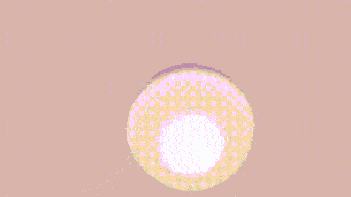
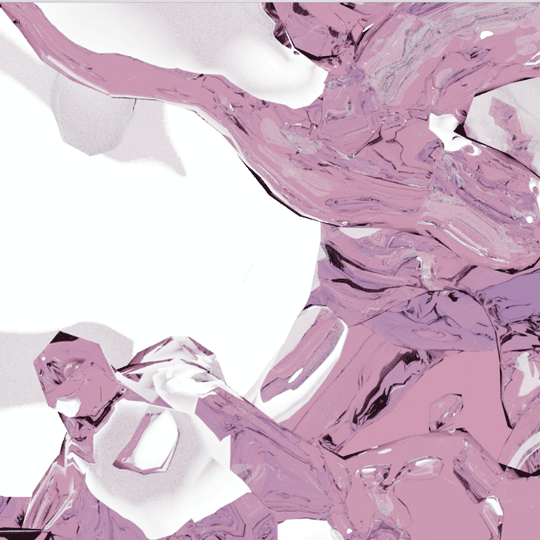
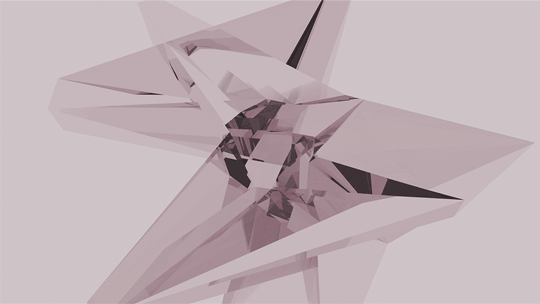

The work that I have chosen to explore utilises both the screen as a site for liquid transition in addition to exploring the broader narrative of fluid experience. The visual imagery developed has been formed utilising the 3D animation software of Blender. The use of animation seemed apt as a process that encapsulates both the stillness and vibrancy of liquid crystal forms. Writing on animation Leslie states, ‘animation always has been the amalgam of crystalline and petrified, the still, cajoled into fluidity, restlessness, movement.’ (8) Furthermore, the site of liquid crystal screens is a natural home to computer generated animation. Not only are we accustomed to continually seeing digital animation on our mobile phones, computers, iPads and HDTVs but as Leslie writes we regularly encounter its awesome imagery, ‘where the liquid and the crystal were the thematic matter of the artistic and painterly sublime in Romanticism, of snowy mountain ranges and raging oceans, now liquid crystals have become the technical matter of faux-sublime, a commodity sublime, conveyed by the digital machine.’ (9) There remains an entrenched fascination with the idea of the sublime; paintings have often become lantern bearers for the more affirmative, as well as divisive, aspects of the oeuvre. The DAR explores how liquid crystals push and pull, slip and slide in their awesome mimicry of the sublime.
(1) Esther Leslie, Liquid Crystals: The Science and Art of a Fluid Form (London: Reaktion books Ltd, 2016), 36
(2) Ibid, 12
(3) Ibid, 9
(4) Ibid, 36
(5) Ibid, 40
(6) Ibid, 41
(7) Ibid, 24
(8) Ibid, 209
(9) Ibid, 206
N.B - Esther Leslie's text 'Liquid Crystals' formed a critical motivation in this research and during this residency I identified the text as key writing that I wanted to explore and unpack.
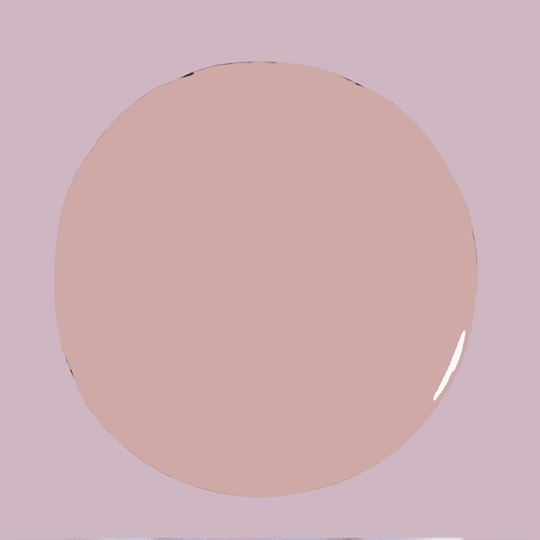


Crystals on the other hand are hard, solid forms that might be considered void of animacy and therefore, void of life. However, they are, according to Leslie, ‘life itself, the transformation of shapeless energy into rigid structure.’ (4) Crystals are a crucial moment of fluidity frozen, the liquidity of time is captured within the seductive crystal form. Ernst Haeckel, the German scientist, philosopher and artist, argued for the essential unification of nature. Influenced by Darwin, Haeckel rejected anthropism, seeing instead the unity of all life forms, including humans. Demonstrating a clear reverence for the animacy of both organic and inorganic matter, Haeckel believed that life originated in crystal forms which appeared to mirror, ‘the simple akaryote, a cell without a nucleus.’ (5) For Haeckel, when applying a level of scrutiny at a microscopic level, life can be seen within all forms. Speaking specifically regarding crystals Haeckel stated, ‘The crystal is no dead form, but a form of life.’ (6) Hence, life might be seen within both the animacy of fluidity and the crystallisation of the crystal form, however liquid crystals (the key motivation for this residency) demonstrate a unique combination of both sets of physical attributes.


